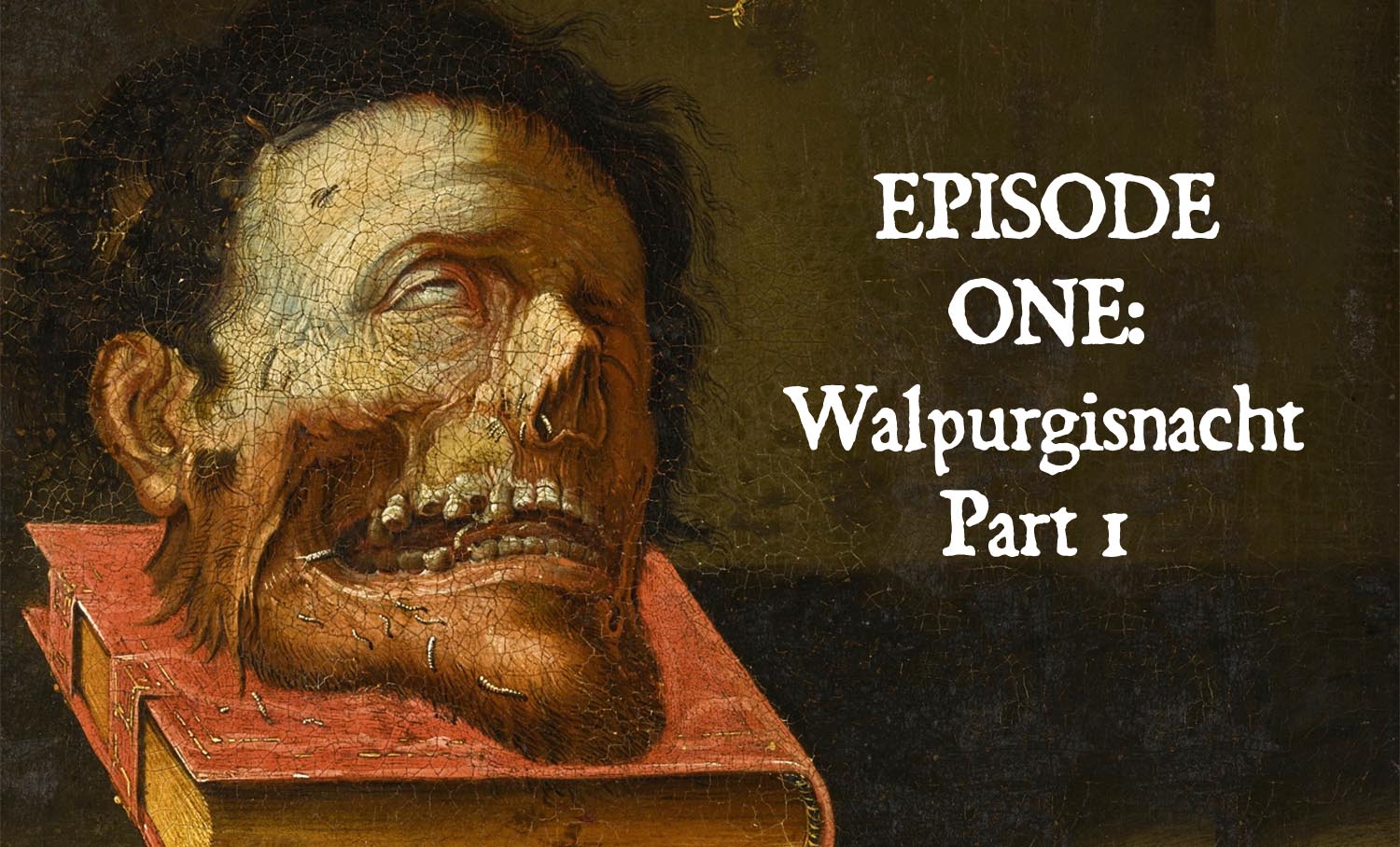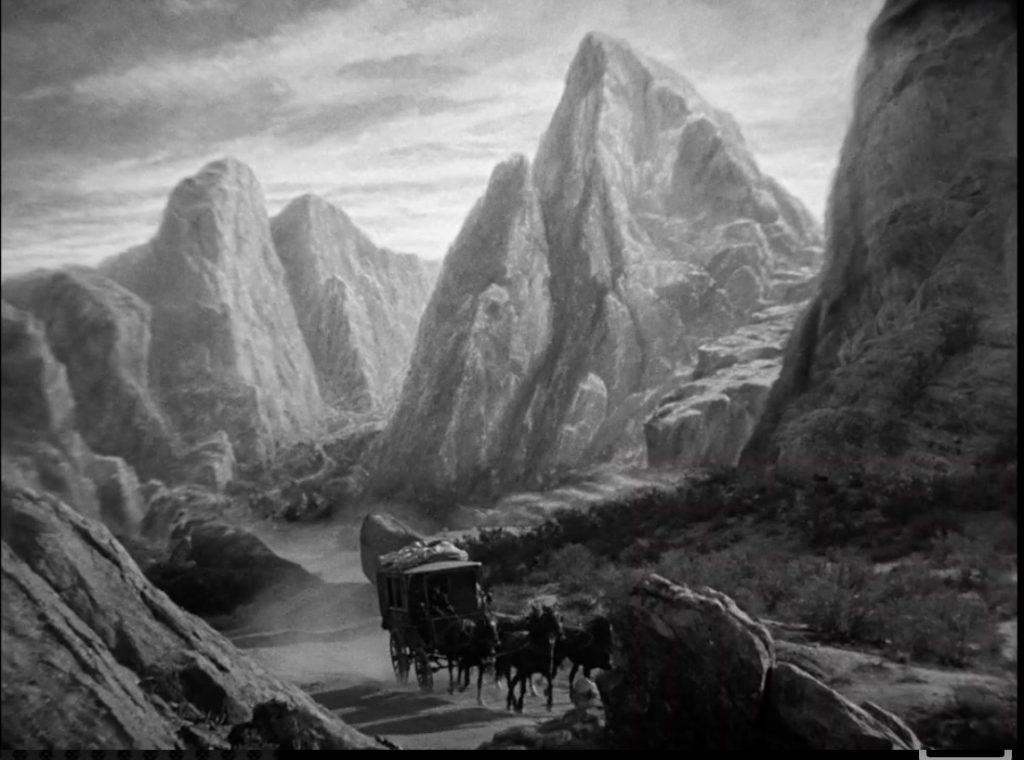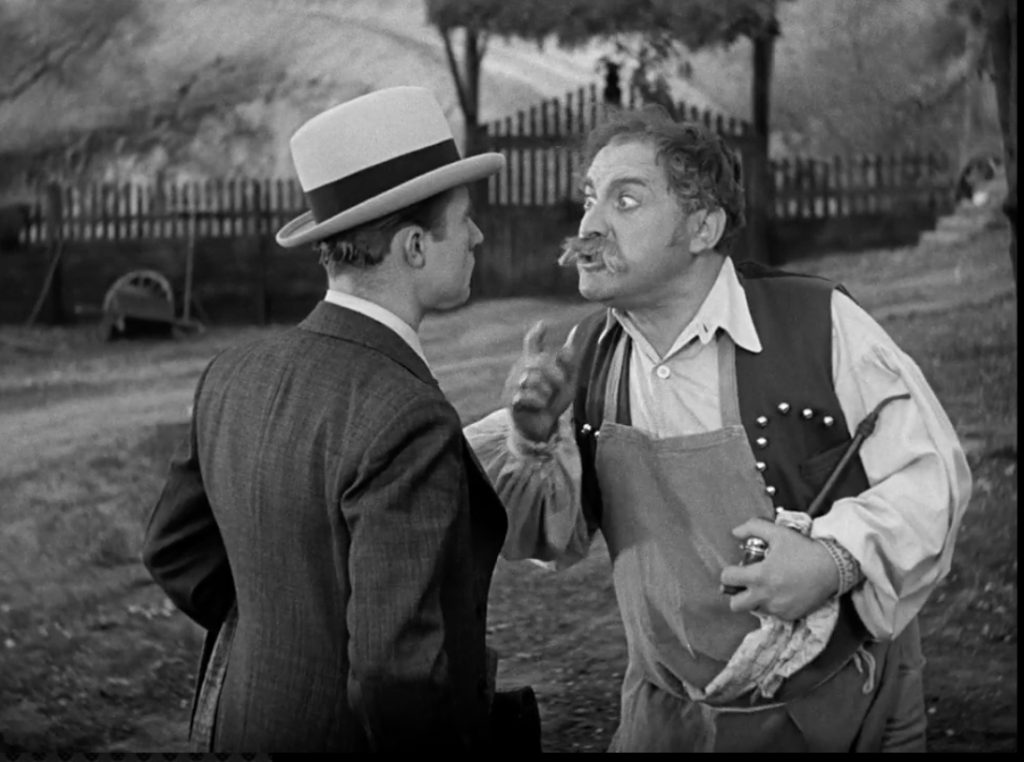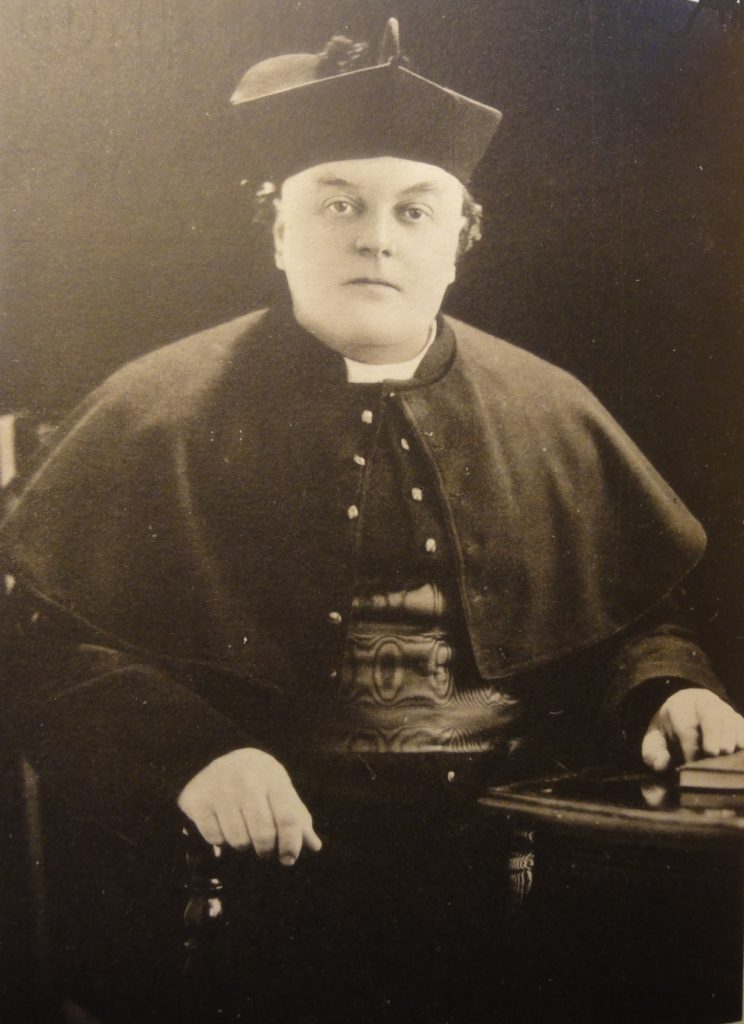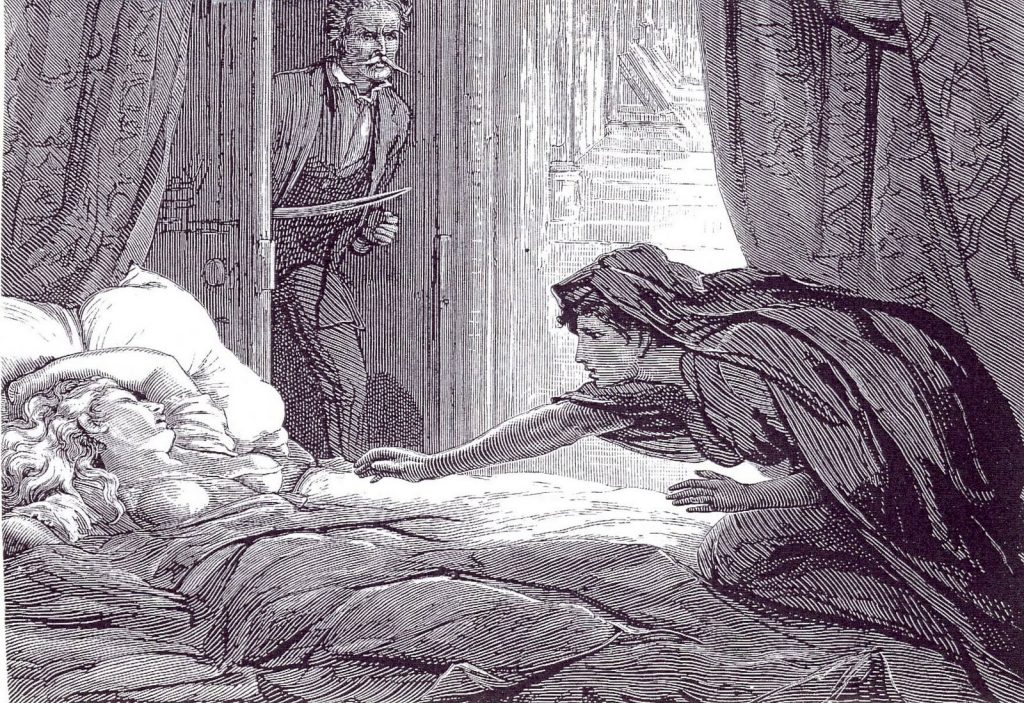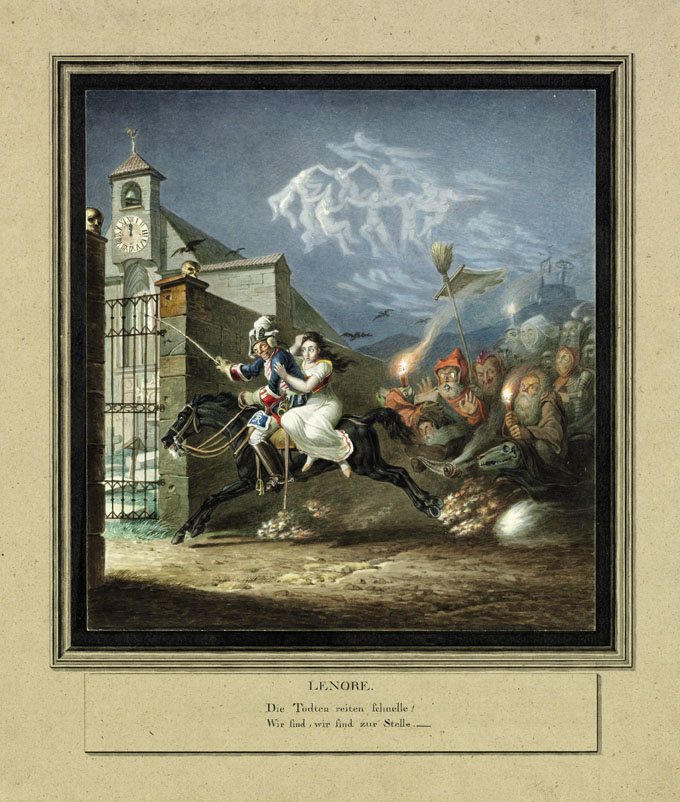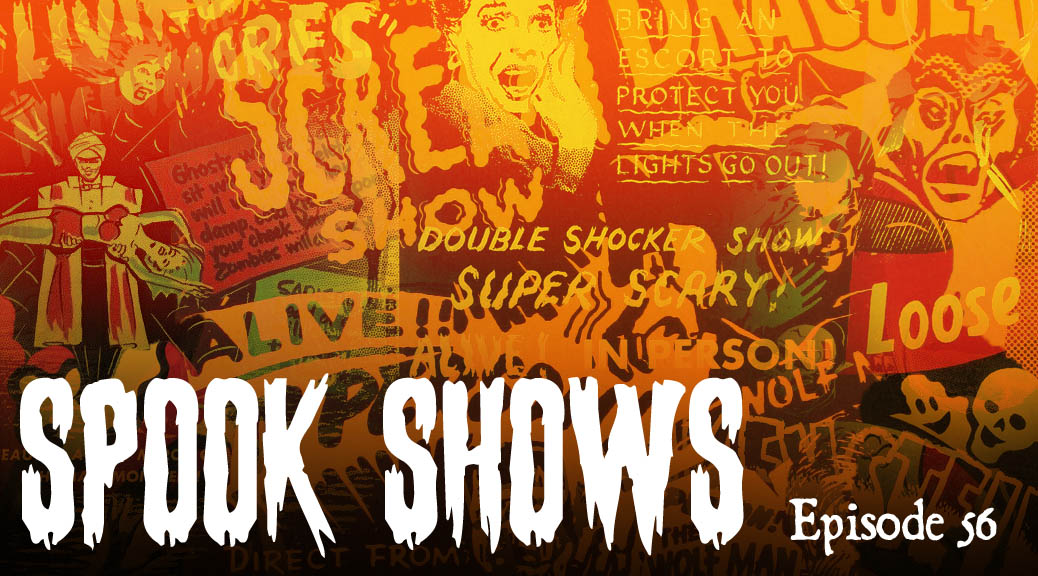
Spook Shows
Podcast: Play in new window | Download (Duration: 53:35 — 49.1MB)
Subscribe: Apple Podcasts | Spotify | Android | Podchaser | RSS | More
Midnight Spook Shows featured stage illusions borrowing from techniques used in fraudulent seances alongside vaudeville-style comedy and burlesque. Performances were staged in movie theaters, paired with a film screening, usually but not exclusively from the horror genre. The tradition began in the mid to late 1930s and ran into the early ’70s, reaching its heyday in the ’50s. After World War II, shows began catering to younger audiences and emphasizing movie monsters, horror and gore.
In this episode we examine the history of the genre and a few of its colorful artists, sometimes called “ghostmasters.” Two leading lights in the field were (Dr.) Bill Neff, and Dr. Silkini (actually a pair of brothers Jack and Wyman Baker). Other practitioners we look at include Raymond Corbin (Ray-Mond), George Marquis, Phillip Morris (Dr. Evil), Kara-Kum, and the various shows presented by Joe Karston. Bela Lugosi dabbled in the field and is discussed.
This episode picks up the thread from last October’s show about unruly American Halloween celebrations, those of the teens and twenties. While the 1930s offered relatively sedate Spook Shows, by their 1950s heyday, as box-office lines wrapped the block and theater balconies sagged under the weight of screaming teenagers, the Spook Shows shared something of that unruly, possibly even dangerous, spirit of old Halloween.

